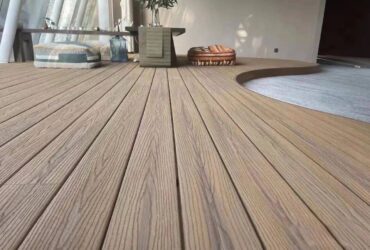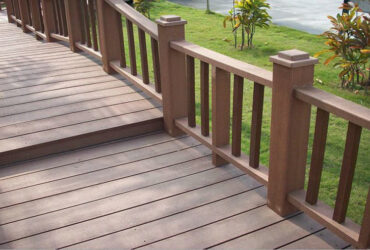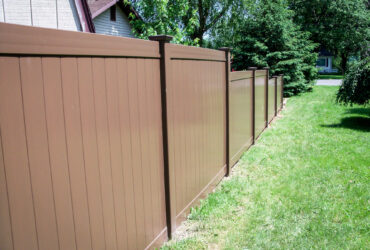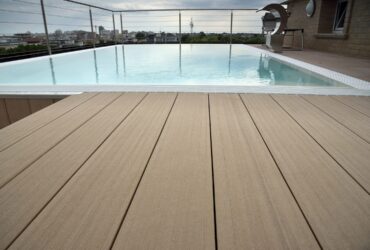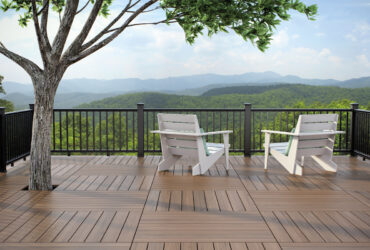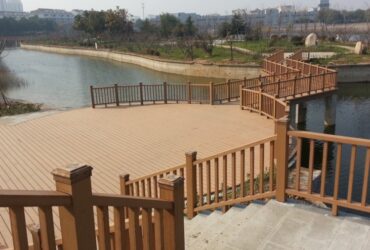All aspects of product maintenance
- The need for product maintenance
- Pr-factory maintenance
- Packaging maintenance at the factory
- Precautions for the installation process after leaving the factory
- Maintenance after installation
Introduction
The need for product maintenance
As a building material, although WPC focuses on environmental protection and simple maintenance, as an outdoor building material, it is unavoidable from daily wind and sun exposure. Therefore, the product also needs certain maintenance to prolong the service life and maintain the various properties of the product.Product maintenance is not just a simple cleaning after installation, from before leaving the factory to after leaving the factory, product maintenance runs throughout. This includes cleaning, product packaging, regular maintenance and other knowledge. Product maintenance is not something non-professionals cannot do, and most ordinary users can do it at home with certain tools.
Pre-factory maintenance
The factory is the first level of product experience, and the quality of the product is directly equated with the various conditions of the factory. A good factory has a good production line and environment, and can provide good pre-conditions for the product.
In the production process of wood-plastic products, it is not only the production process, there are also many maintenance steps.
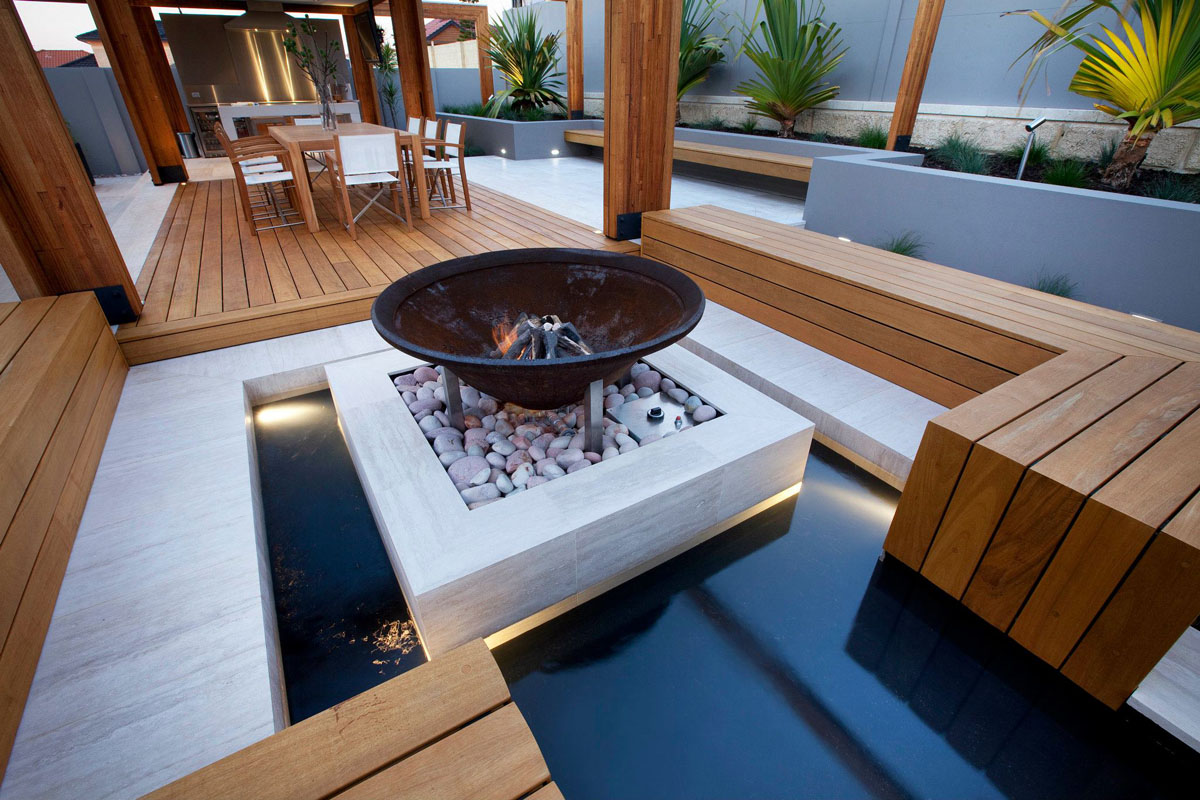
Additives are an indispensable material. Most of the use of additives is to improve the hardness and slip resistance of products. With these additives, the product has an increased lifespan, is harder, and is a great way to improve product performance. Next I will list some product additives.
Plasticizer
For some resins with high glass transition temperature and melt flow viscosity, such as rigid PVC, it is difficult to process when compounded with wood powder, and it is often necessary to add plasticizers to improve its processing performance. The molecular structure of plasticizer contains both polar and non-polar genes. Under the action of high temperature shearing, it can enter the polymer molecular chain and form a uniform and stable system through mutual attraction of polar genes. The insertion of polar molecules weakens the mutual attraction of polymer molecules, thereby facilitating processing. Plasticizers that are often added to plastic wood materials include dibutyl phthalate (DOS) and the like. For example, in PVC plastic wood materials, adding plasticizers can reduce the processing temperature, reduce the decomposition and smoke of wood powder, and improve the tensile strength of composite materials with the increase of additive content and the elongation at break increases.
lubricant
Wood-plastic materials often need to add lubricants to improve the fluidity of the melt and the surface quality of extruded products. The lubricants used are divided into internal lubricants and external lubricants. The choice of internal lubricant is related to the matrix resin used. It must have good compatibility with the resin at high temperature, and produce a certain plasticizing effect, reduce the cohesive energy between the molecules in the resin, and weaken the interaction between the molecules. friction, in order to achieve the purpose of reducing the melt viscosity of the resin and improving the melt fluidity. External lubricant actually plays the role of interface lubrication between resin and wood powder in plastic molding, and its main function is to promote the sliding of resin particles. Usually a lubricant often has both internal and external lubricating properties. Lubricants have a certain influence on the service life of molds, barrels and screws, the production capacity of extruders, the energy consumption in the production process, the surface finish of products and the low temperature impact performance of profiles.
Colorant
We can usually see that wood-plastic products, like ordinary deckings, have a variety of colors and patterns. During the use of wood-plastic materials, the soluble substances in wood powder easily migrate to the surface of the product, causing the product to decolorize and eventually become Gray, different products will also produce black spots or rust spots under certain conditions of use. Therefore, colorants are also widely used in the production of plastic wood materials. It can make products have uniform and stable color, and decolorization is slow.
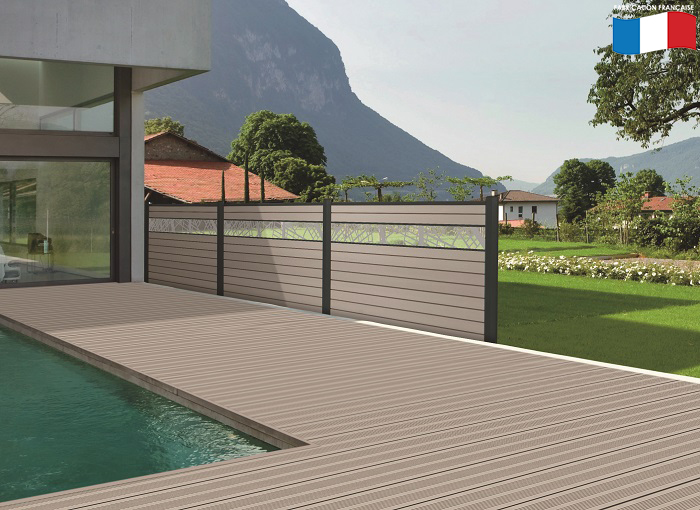
Packaging maintenance at the factory
After the production of the product is completed, all we need to do is to deliver the product to the customer's hands. Before this process, we must first ensure the quality and cleanliness of the product.
Before the product leaves the factory, we will arrange professional production personnel to deburr and polish each sheet to ensure that each sheet is in a new and flawless state when it arrives in the hands of customers. When packing and loading products, we will also arrange skilled workers to ensure that all products are packed without any flaws, and then loaded and transported.
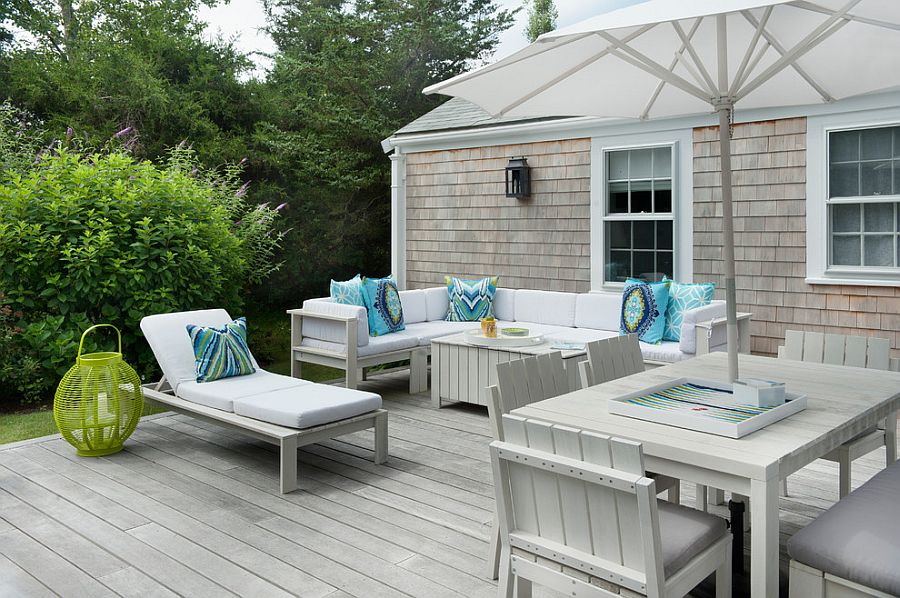
- From the professional point of view of installing the decking, before starting the installation work, it is necessary to keep the wood-plastic decking in a dry, flat and clean state, so as to better ensure the smooth progress of the subsequent installation work.
- Prepare installation tools, electric drills, ordinary woodworking tools, labor insurance gloves, stainless steel screws, etc. Among them, electric drills are necessary tools for installing wood-plastic deckings. The plastic wood decking is brittle. When fixing the decking and the keel, it is necessary to use an electric drill to guide the hole, and then install it with screws to avoid damage to the wood plastic decking.
Maintenance after installation
Wood-plastic products can be put into use immediately after installation, but some maintenance before use is also indispensable. After the product is installed and during use, we need to take some corresponding measures to extend the service life and enhance the performance of the product.
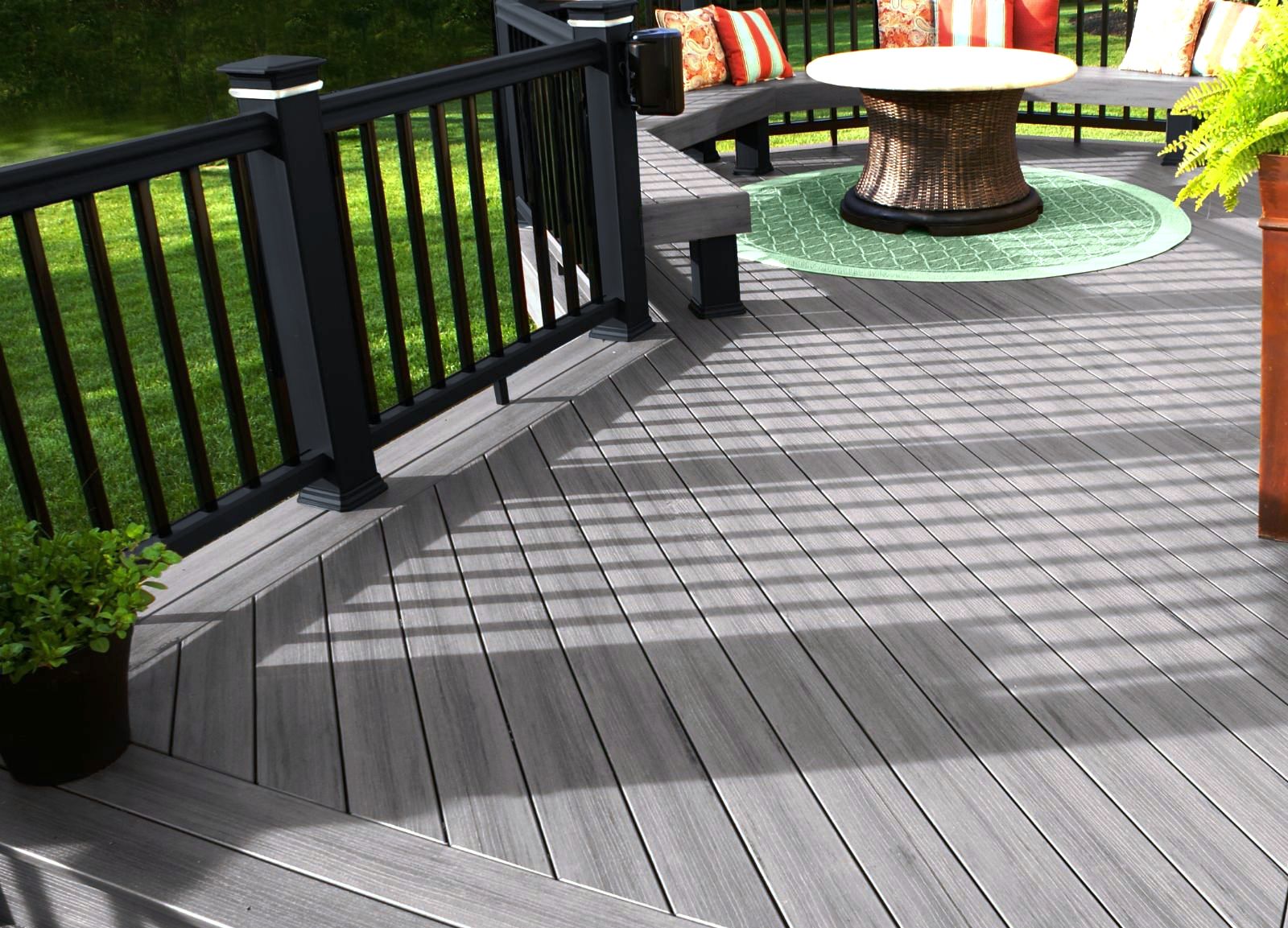
Before the product is shipped and installed, sometimes for the convenience of recording, we will use some chalk to make some marks. After installation, wash the area with the chalk mark with hot soapy water and bleach. Colored chalk marks are stubborn and cannot be removed, so use white chalk or talc on the decking.
Since the decking is installed on the ground, it is inevitable that some stains will remain during the installation process, such as dust and mud. For these stains, we generally take certain cleaning measures after installation.
- After the WPC decking is installed, use soap, hot water and a stiff brush to remove dirt and residue.
- Gently wipe the marks printed on the side of the wood-plastic decking with alcohol or acetone.
- Use a conventional decking cleaner or cleaner containing bleach (sodium hypochlorite) and detergent.
- Melt ice and calcium chloride or rock salt on the decking, available at most home care stores. When the ice begins to melt, rinse it off.
The second aspect: maintenance during product use
The maintenance of the product in use can be divided into two aspects: daily maintenance and stain cleaning.
Daily maintenance: During the use of the product, it is inevitable that there will be some wear and tear. When this happens, we also have some ways to deal with it.
In terms of maintenance, you can prepare rice water, use a soft cloth for cleaning and maintenance, and remember not to use hard cleaning items such as brushes to clean the wood-plastic board to avoid damage. WPC is different from ordinary wood products. Try not to touch the water. If there are stains, such as ink, paint, etc., accidentally touch the WPC, you should use professional stain removal products, and remember to use a lot of water for cleaning. Do not use a mop or rag that is too wet.
However, since wood-plastic products are furniture that is not easy to repair, we should cherish the products when using them. Once scratches or damages occur, it is difficult to repair, which will affect the aesthetics of use.
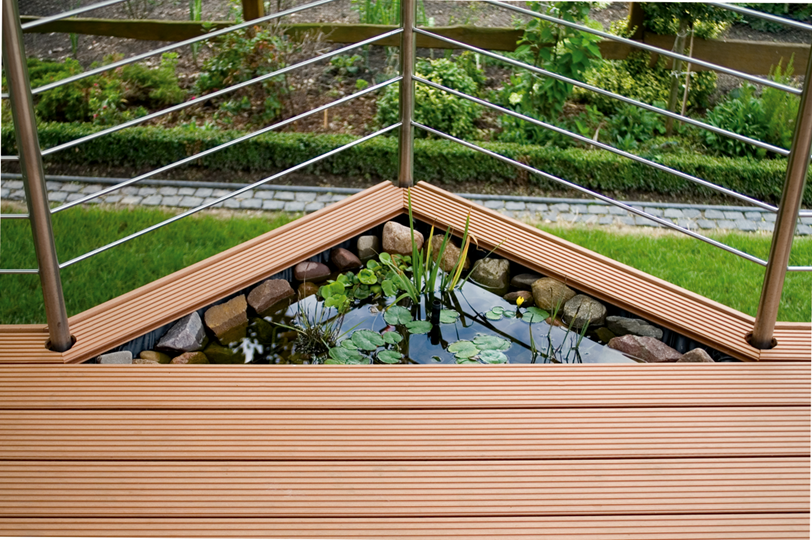
Oily Stains:
If there are grease stains on the decking, use a household degreasing agent to remove immediately, and then rinse with hot water, not directly with water.
rust:
Use oxalic or phosphoric acid based cleaning products to remove dirt, rust stains from deckings. This lightens smudges, and light pollution clears them up.
Use common rust cleaners to remove pigmented stains from weathered deckings.
Alcohol or icing:
Wash wine and fruit stains by mixing bleach into hot water according to the directions on the bleach package. Dab the stain lightly and rinse with hot water.
If you encounter some unsolvable problems or stains that cannot be removed during use, you can also contact professional maintenance personnel or after-sales customer service to solve it for you.

